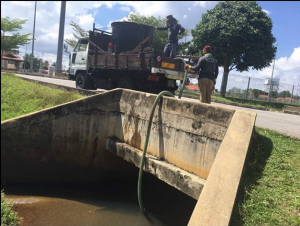CLEAN WATER AND SANITATION
Water is essential not only to health, but also to poverty reduction, food security, peace and human rights, ecosystems and education. Nevertheless, countries face growing challenges linked to water scarcity, water pollution, degraded water-related ecosystems and cooperation over trans- boundary water basins.This goal is to ensure access to safe water sources and sanitation for all. UMT supports the Sustainable Development Goals of Clean Water and Sanitations. Among the initiatives made;
Wastewater Treatment
Here in UMT main campus, wastewater treatment plant is located in the gazetted area far from the public
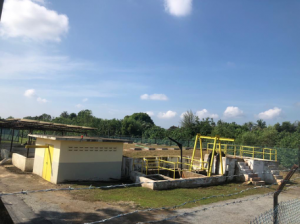
To prevent further water system pollution, wastewater from any source will go through the stabilizing tank before being release to the drain.

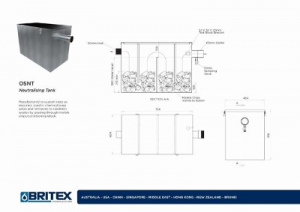
WATER CONSCIOUS BUILDING STANDARD
Some examples of water conservation measures used in UMT campus include low flush WC’s and automatic taps.
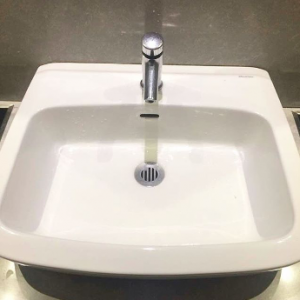
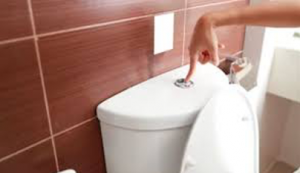
WATER RE-USE MEASUREMENT
Buildings of the UMT have a separated sewerage system for certain location, for waste water and for clean water (rainwater). Rain water is thus collected and is then discharged into the local ponds around the
buildings. It is then used for watering the plants outside the building.
